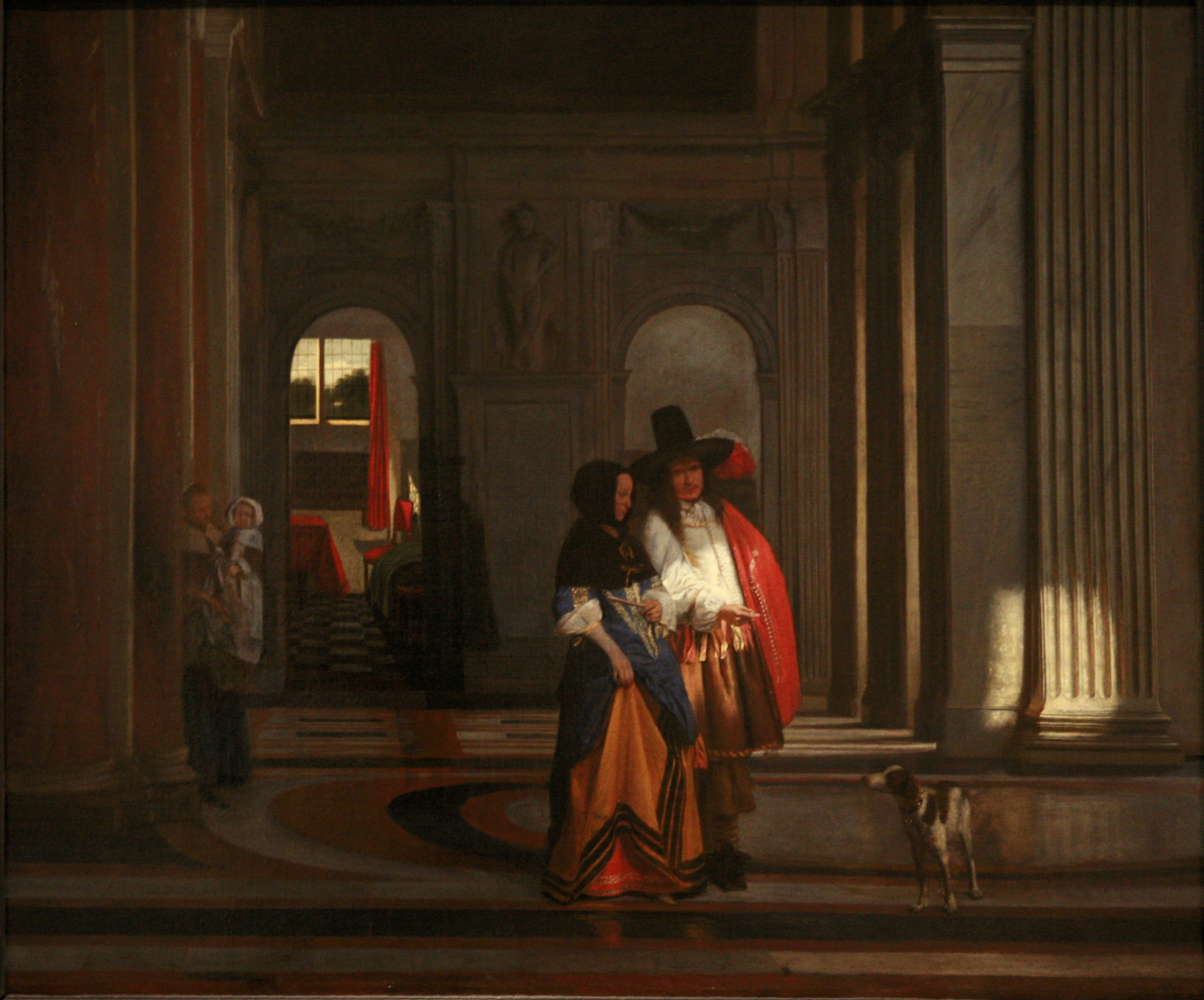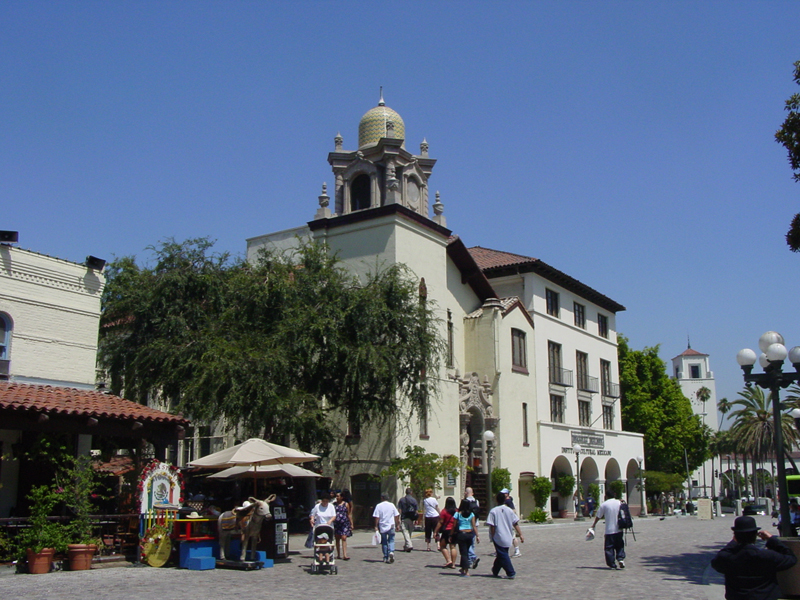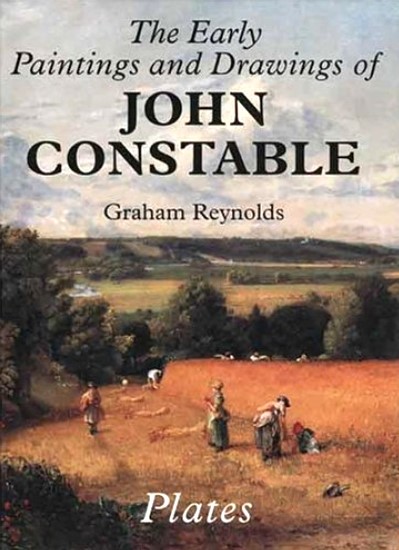|
A Woman Preparing Bread And Butter For A Boy
''A Woman Preparing Bread and Butter for a Boy'' (1660–1663) is an oil-on-canvas painting by the Dutch painter Pieter de Hooch. It is an example of Dutch Golden Age painting and is part of the collection of the Getty Center. This painting was documented by Hofstede de Groot in 1908, who wrote:10. A WOMAN CUTTING BREAD AND BUTTER FOR A BOY, WHO IS SAYING GRACE. Sm. 54; deG. 48. In a room with a window at the back sits a woman, wearing a dark jacket and a blue skirt. She has a loaf of bread in her left hand, and is taking a piece of butter from a plate on a chair at her left. To her right stands a boy with folded hands, clasping his hat to his breast. The room is in subdued light. The open half-door of a passage with tiled floor beyond looks on the street; the ground before a house opposite is illumined by sunshine. Although the picture has not the brilliant effect so much esteemed, it is a very pleasing and satisfactory example. Canvas on panel, 26 inches by 20 1/2 inches. Menti ... [...More Info...] [...Related Items...] OR: [Wikipedia] [Google] [Baidu] |
Pieter De Hooch
Pieter de Hooch (, also spelled "Hoogh" or "Hooghe"; 20 December 1629 (baptized) – 24 March 1684 (buried)) was a Dutch Golden Age painter famous for his genre works of quiet domestic scenes with an open doorway. He was a contemporary of Jan Vermeer in the Delft Guild of St. Luke, with whom his work shares themes and style. Biography De Hooch was born in Rotterdam to Hendrick Hendricksz de Hooch, a bricklayer, and Annetge Pieters, a midwife. He was the eldest of five children and outlived all of his siblings. Little is known of his early life and most archival evidence suggests he worked in Rotterdam, Delft, and Amsterdam. According to his first biographer Arnold Houbraken, he studied art in Haarlem under the landscape painter Nicolaes Berchem at the same time as Jacob Ochtervelt and was known for his "kamergezichten" or "room-views" with ladies and gentlemen in conversation. [...More Info...] [...Related Items...] OR: [Wikipedia] [Google] [Baidu] |
Gustav Friedrich Waagen
Gustav Friedrich Waagen (11 February 1794 – 15 July 1868) was a German art historian. His opinions were greatly respected in England, where he was invited to give evidence before the royal commission inquiring into the condition and future of the National Gallery, for which he was a leading candidate to become director. He died on a visit to Copenhagen in 1868. Biography Waagen was born in Hamburg, the son of a painter and a nephew and lover of the poet Ludwig Tieck. Having passed through the college of Hirschberg, Silesia (modern Jelenia Góra), he volunteered for service in the Napoleonic campaign of 1813–14, and on his return attended the lectures at Breslau University. He devoted himself to the study of art, which he pursued in the great European galleries, first in Germany, then in the Netherlands and Italy. A pamphlet on the brothers Van Eyck led in 1832 to his appointment to the directorship of the newly founded Berlin Museum (now vastly expanded as the Berlin ... [...More Info...] [...Related Items...] OR: [Wikipedia] [Google] [Baidu] |
Paintings In The Collection Of The J
Painting is the practice of applying paint, pigment, color or other medium to a solid surface (called the "matrix" or "support"). The medium is commonly applied to the base with a brush, but other implements, such as knives, sponges, and airbrushes, can be used. In art, the term ''painting ''describes both the act and the result of the action (the final work is called "a painting"). The support for paintings includes such surfaces as walls, paper, canvas, wood, glass, lacquer, pottery, leaf, copper and concrete, and the painting may incorporate multiple other materials, including sand, clay, paper, plaster, gold leaf, and even whole objects. Painting is an important form in the visual arts, bringing in elements such as drawing, composition, gesture (as in gestural painting), narration (as in narrative art), and abstraction (as in abstract art). Paintings can be naturalistic and representational (as in still life and landscape painting), photographic, abstract, narrative, s ... [...More Info...] [...Related Items...] OR: [Wikipedia] [Google] [Baidu] |
1660s Paintings
Year 166 ( CLXVI) was a common year starting on Tuesday (link will display the full calendar) of the Julian calendar. At the time, it was known as the Year of the Consulship of Pudens and Pollio (or, less frequently, year 919 ''Ab urbe condita''). The denomination 166 for this year has been used since the early medieval period, when the Anno Domini calendar era became the prevalent method in Europe for naming years. Events By place Roman Empire * Dacia is invaded by barbarians. * Conflict erupts on the Danube frontier between Rome and the Germanic tribe of the Marcomanni. * Emperor Marcus Aurelius appoints his sons Commodus and Marcus Annius Verus as co-rulers (Caesar), while he and Lucius Verus travel to Germany. * End of the war with Parthia: The Parthians leave Armenia and eastern Mesopotamia, which both become Roman protectorates. * A plague (possibly small pox) comes from the East and spreads throughout the Roman Empire, lasting for roughly twenty years. * T ... [...More Info...] [...Related Items...] OR: [Wikipedia] [Google] [Baidu] |
Heinrich Thyssen
Heinrich Thyssen (31 October 1875 – 26 June 1947), after 22 June 1907 Heinrich Freiherr Thyssen-Bornemisza de Kászon et Impérfalva, was a German-Hungarian entrepreneur and art collector. Biography Thyssen was born in Mülheim an der Ruhr, the second son of German industrialist August Thyssen. Heinrich Thyssen had abandoned Germany as a young man and, after studying chemistry at the University of Heidelberg and philosophy at the University of London and obtaining a doctorate, he settled in Hungary in 1905 and married Baroness Margit Bornemisza de Kászon et Impérfalva (Csetény, Veszprém, 23 July 1887 – Locarno, 17 April 1971) in Vienna or Budapest on 4 January 1906 and became a citizen of Austria-Hungary. In Vienna on 22 June 1907 he was adopted by his father-in-law, Baron Gábor Bornemisza de Kászon et Impérfalva (Kolozsvár, 20 April 1859 – Budapest, 21 April 1915), the King's chamberlain who, having no sons of his own, adopted Heinrich. The Emperor Franz Joseph I ... [...More Info...] [...Related Items...] OR: [Wikipedia] [Google] [Baidu] |
Andrew W
Andrew is the English form of a given name common in many countries. In the 1990s, it was among the top ten most popular names given to boys in English-speaking countries. "Andrew" is frequently shortened to "Andy" or "Drew". The word is derived from the el, Ἀνδρέας, ''Andreas'', itself related to grc, ἀνήρ/ἀνδρός ''aner/andros'', "man" (as opposed to "woman"), thus meaning "manly" and, as consequence, "brave", "strong", "courageous", and "warrior". In the King James Bible, the Greek "Ἀνδρέας" is translated as Andrew. Popularity Australia In 2000, the name Andrew was the second most popular name in Australia. In 1999, it was the 19th most common name, while in 1940, it was the 31st most common name. Andrew was the first most popular name given to boys in the Northern Territory in 2003 to 2015 and continuing. In Victoria, Andrew was the first most popular name for a boy in the 1970s. Canada Andrew was the 20th most popular name chosen for ma ... [...More Info...] [...Related Items...] OR: [Wikipedia] [Google] [Baidu] |
George Alexander Drummond
Sir George Alexander Drummond, (11 October 1829 – 2 February 1910) was a Scottish-Canadian businessman and senator. Life and career Born in 1829 at Edinburgh, he was a younger son of the entrepreneurial stonemason, building contractor and city councillor, George Drummond, by his wife Margaret Pringle (b.c.1790). Drummond studied chemistry at Edinburgh University before coming to Montreal in 1854 to work for his brother-in-law, John Redpath, at Redpath Sugar.A Gentleman of Substance: The Life and Legacy of John Redpath (1796-1869) by Richard Feltoe He married John Redpath's daughter, becoming a co-director of the family business with Peter Redpath, John's son. After the death of his first wife in 1884, he re-married Grace Parker, widow of the Rev. George Hamilton (brother of John Hamilton). Lady Drummond served as the first president of the Montreal National Council of Women of Canada (http://www.mcw-cfm.org/history.htm), as well as President and co-founding member ... [...More Info...] [...Related Items...] OR: [Wikipedia] [Google] [Baidu] |
Jan Gildemeester
Jan Gildemeester Jansz. ( Lisbon, 1744 – Amsterdam, 1799) was a Dutch art collector. Biography Jan's parents had moved to the Netherlands a few years after the 1755 Lisbon earthquake. He lived with his father in a house on the Keizersgracht in Amsterdam, where he began to form an art collection. He was involved in whaling and in 1778 was appointed as Portugal's agent and consul general to the Dutch Republic. Also in 1778 he donated nearly one hundred thousand guilders for Felix Meritis's house. In 1779 he inherited his father's country seat Frankendael in Watergraafsmeer - when a tree of liberty was placed (the ground was frozen too hard to plant it) on the Dam in Amsterdam in January 1795, it came from Gildemeester's garden. In 1792 he bought the prestigious stone-clad double canal mansion in the Gouden Bocht at 475 Herengracht which had been redecorated in the popular Louis XV style by Daniel Marot for the former owner, the wealthy widow Petronella van Lennep-de Neufville. Sh ... [...More Info...] [...Related Items...] OR: [Wikipedia] [Google] [Baidu] |
Oud Holland
''Oud Holland – Journal for Art of the Low Countries'' is a quarterly peer-reviewed academic journal An academic journal or scholarly journal is a periodical publication in which scholarship relating to a particular academic discipline is published. Academic journals serve as permanent and transparent forums for the presentation, scrutiny, and ... covering art from the (Northern) Netherlands and Southern Netherlands (Belgium) from c. 1400–1920. Oud Holland is the oldest surviving art-historical journal in the world. It was founded by Adriaan de Vries and Nicolaas de Roever in 1883, since then 132 volumes have appeared. From 1972 the journal has been published by the RKD – Netherlands Institute for Art History; since 2008 in collaboration with Brill Publishers. The editorial board consists of Elmer Kolfin (editor-in-chief), Menno Jonker (managing editor), John Bezold (online review editor), Jan Dirk Baetens, Yvonne Bleyerveld, Edwin Buijsen, Nils Büttner, Volker Manuth, ... [...More Info...] [...Related Items...] OR: [Wikipedia] [Google] [Baidu] |
Los Angeles
Los Angeles ( ; es, Los Ángeles, link=no , ), often referred to by its initials L.A., is the largest city in the state of California and the second most populous city in the United States after New York City, as well as one of the world's most populous megacities. Los Angeles is the commercial, financial, and cultural center of Southern California. With a population of roughly 3.9 million residents within the city limits , Los Angeles is known for its Mediterranean climate, ethnic and cultural diversity, being the home of the Hollywood film industry, and its sprawling metropolitan area. The city of Los Angeles lies in a basin in Southern California adjacent to the Pacific Ocean in the west and extending through the Santa Monica Mountains and north into the San Fernando Valley, with the city bordering the San Gabriel Valley to it's east. It covers about , and is the county seat of Los Angeles County, which is the most populous county in the United States with an ... [...More Info...] [...Related Items...] OR: [Wikipedia] [Google] [Baidu] |
Catalogue Raisonné
A ''catalogue raisonné'' (or critical catalogue) is a comprehensive, annotated listing of all the known artworks by an artist either in a particular medium or all media. The works are described in such a way that they may be reliably identified by third parties, and such listings play an important role in authentification. Etymology The term ''catalogue raisonné'' is French, meaning "reasoned catalogue"Catalogue raisonné , ''Online Merriam-Webster Dictionary''. (i.e. containing arguments for the information given, such as attributions), but is part of the of the English-speaking art world. The spelling is never Americanized to "catalog", eve ... [...More Info...] [...Related Items...] OR: [Wikipedia] [Google] [Baidu] |

.jpg)



